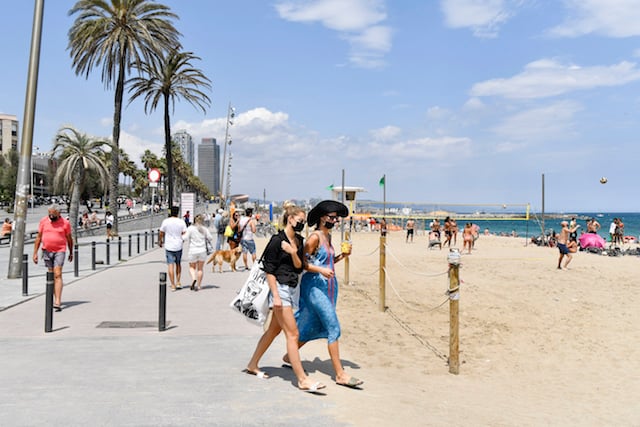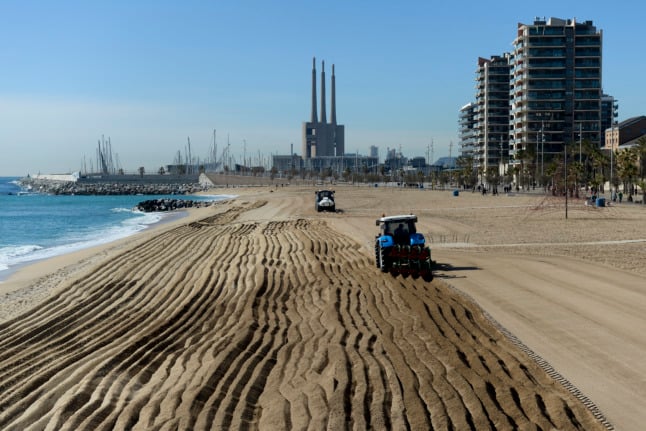“All hypotheses are open,” a parliamentary source said Monday, two days after Spain's Constitutional Court ruled that Puigdemont must be present at the assembly to be chosen as the region's chief.
The court also said that Puigdemont, who fled to Belgium shortly after the Catalan parliament declared independence on October 27th, must turn himself in ask for a judge's permission to attend the parliamentary session.
Puigdemont faces arrest for rebellion, sedition and misuse of public funds as soon as he returns.
“We still have not fully decided what we are going to do,” Puigdemont's lawyer, Jaume Alonso-Cuevillas, told Catalan radio.
Catalonia's independence declaration was short-lived as Prime Minister Mariano Rajoy moved to stop the crisis in a region deeply divided over secession.
Rajoy imposed direct rule on the semi-autonomous region, sacked its government including Puigdemont, dissolved parliament and called snap elections.
But in a major setback for the central government, separatist parties won 70 of the 135 seats in Catalonia's regional parliament — two less than in the 2015 election — during last month's snap election.
Delay vote?
The separatist parties want to reinstate Puigdemont as head of the Catalan government, arguing he was given a democratic mandate for the independence declaration during a contested referendum, which Spain and the courts declared illegal.
But Rajoy's conservative court challenged the Catalan parliament's decision to schedule Puigdemont's investiture vote for Tuesday at 3 pm (1400 GMT).
It ruled that Puigdemont could not be sworn in to office via videoconference from abroad as his supporters had proposed and had to attend in person.
The court also warned all members of the Catalan parliament of “their responsibilities” and warned against disobeying the order to suspend any investiture.
Under Catalonia's electoral law, the parliamentary session to form a new government must be held at the latest ten days after the assembly opened a new session — meaning it has to happen by Wednesday.
Delaying the investiture session “is one of the things that must be studied,” a Catalan parliament source said.
Wavering support
While Puigdemont's “Together for Catalonia” party insists he is the only candidate for the regional presidency, the other main pro-secession party has shown signs of wavering.
Joan Tarda, a top lawmaker with the Republican Left party, said in an interview published Sunday that while they prefered to see Puigdemont restored to power, their main priority should be to swear in a new pro-independence government and avoid fresh elections.
“It is essential to have a government, if president Puigdemont has to be sacrificed, we will have to sacrifice him,” he told Catalan daily La Vanguardia.
Puigdemont has sent a letter to the speaker of the Catalan parliament — who belongs to the Republican Left — asking him to “protect” him and defend his right to be sworn in.
But Deputy Prime Minister Soraya Saenz de Santamaria said Puigdemont had no choice but to turn himself in.
She and Foreign Minister Alfosno Dastis refused to comment on a report in daily El Pais that said members of the government had pressured Constitutional Court judges to block Puigdemont's investiture vote.
The top-selling paper said several judges received calls insisting on the risks Puigdemont's return to power would pose.
By AFP'S Diego Urdaneta and Michaela Cancela-Kieffer





 Please whitelist us to continue reading.
Please whitelist us to continue reading.